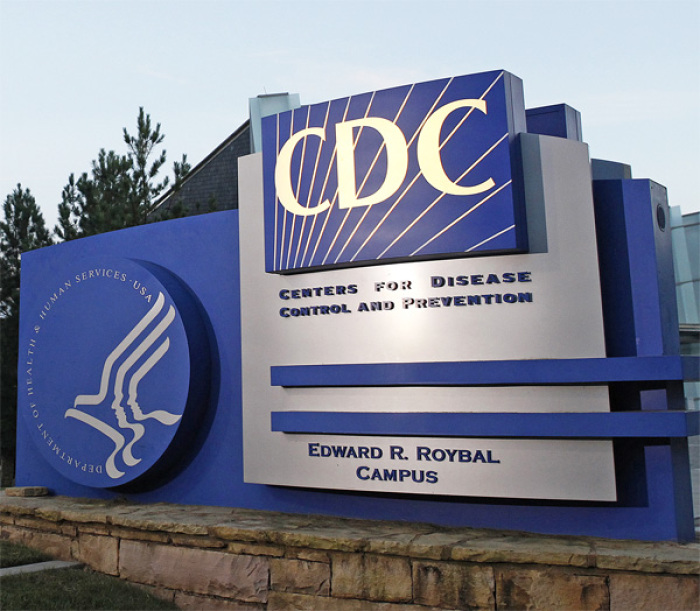Virtual learning poses ‘more risks’ to kids’ mental, emotional health: CDC

Children who are learning through virtual instruction face “more risks” to their emotional and mental health than children receiving in-person instruction, according to a study by the Centers for Disease Control and Prevention.
The CDC study, released Friday, analyzed children aged 5-12, breaking them up into categories of virtual learning only, in-person only, and combined virtual and in-person learning.
The study drew from a nationwide sample of 1,290 parents of children aged 5-12 conducted Oct. 8 to Nov. 13, 2020, with 92.9% of the students enrolled in public school.
Of the sample, 45.7% of the children had virtual instruction, 30.9% of the children had in-person instruction, and 23.4% had combined virtual and in-person instruction.
Researchers found that most of the indicators for “stress and well-being” regarding child mental health were “worse for parents of children receiving virtual or combined instruction than were those for parents of children receiving in-person instruction.”
“Children not receiving in-person instruction and their parents might experience increased risk for negative mental, emotional, or physical health outcomes and might need additional support to mitigate pandemic effects,” stated the report.
“Community-wide actions to reduce COVID-19 incidence and support mitigation strategies in schools are critically important to support students’ return to in-person learning.”
The study noted that parents of children receiving virtual instruction were more likely than parents of children receiving in-person instruction to report that their kids having decreased physical activity (62.9% versus 30.3%), outdoor time (58.0% versus 27.4%), in-person time with friends (86.2% versus 69.5%), and worsened mental or emotional health (24.9% versus 15.9%).

Parents of children receiving combined instruction also fared worse compared to children receiving in-person instruction when it came to decreased physical activity (52.1% versus 30.3%), time spent outdoors (42.4% versus 27.4%), in-person time with friends (84.1% versus 69.5%), and worsened mental or emotional health (24.7% versus 15.9%).
Parents of children receiving only virtual instruction were also more likely than parents of children receiving combined instruction to say their children were experiencing decreased physical activity (62.9% versus 52.1%) and time spent outside (58.0% versus 42.4%).
In the discussion section, the researchers noted multiple limitations in the study, among them “the limited sample size,” possible “social desirability” and recall biases by the self-reporting of parents, and lack of differentiation for specific household characteristics, such as urban environment versus rural environment, or number of children in a household.
Last year, the U.N. International Children's Emergency Fund released a report warning that the lockdowns enacted in response to the pandemic posed great risks to children.
“Children face a trifecta of threats: direct consequences of the disease itself, interruption in essential services and increasing poverty and inequality,” stated UNICEF last November.
“Disruptions to essential services such as education, health care, nutrition and child protection interventions are harming children. A severe global economic recession is impoverishing children and compounding deep pre-existing inequalities and exclusion.”
President Joe Biden promised to reopen a majority of schools within the first 100 of his term in office, “if we follow the science” and CDC guidelines.
In February, however, the Biden administration reduced its goal, saying only 50% of schools would reopen for as little as one day a week by April 30.
On Wednesday, the Biden administration announced that the recently-passed COVID-19 relief bill allocated $10 billion to schools nationwide for testing teachers, students and staff so that schools can reopen.
The Health and Human Services released a statement saying: "Recognizing that establishing a testing program is new for many schools, CDC and state and local health departments will support technical assistance to assist states and schools in standing up and implementing these programs. ... CDC is releasing the state-by-state allocation table with final awards to be made to health departments in early April.
HHS added: " ... in partnership with the Department of Defense, [HHS] is investing $650 million to expand testing opportunities for K-8 schools and underserved congregate settings, such as homeless shelters, directly through new regional coordinating centers."
The CDC this week also changed its guidance on social distancing for classrooms, reversing its previous recommendation for students to be 6 feet apart to now 3 feet apart.




























